- Call us: 01444 237070
- Contact Us
- Stores
- Sign In / Register
-
- Back
- Used Cameras
- Used Accessories
- Used Lenses
- Used Video
- Used Film Equipment
- Used Stock Alert
- Used Blank Test
- Sell or Part Exchange
- Used Clearance
- Recently Added Used Equipment
- Park Picks
- All Used Black Friday Deals
- Faulty
- Trade-In
- Blog
- New in
- Call us
- Contact us
- Stores
- Sign in
- Categories
- Tips & Inspiration
- Reviews
- News
- Events
- Features
- Buying Guides
- Competitions
Polarising Camera Filters and When To Use One
I’ve been meaning to write a quick guide about polarising camera filters and when to use one for ages. Photographing autumn colour finally inspired me, as a circular polariser makes such a huge difference to autumn colours that it seemed like the perfect time to get started. This year has been especially colourful in the South East, and there’s still time to head out for some autumn photography…
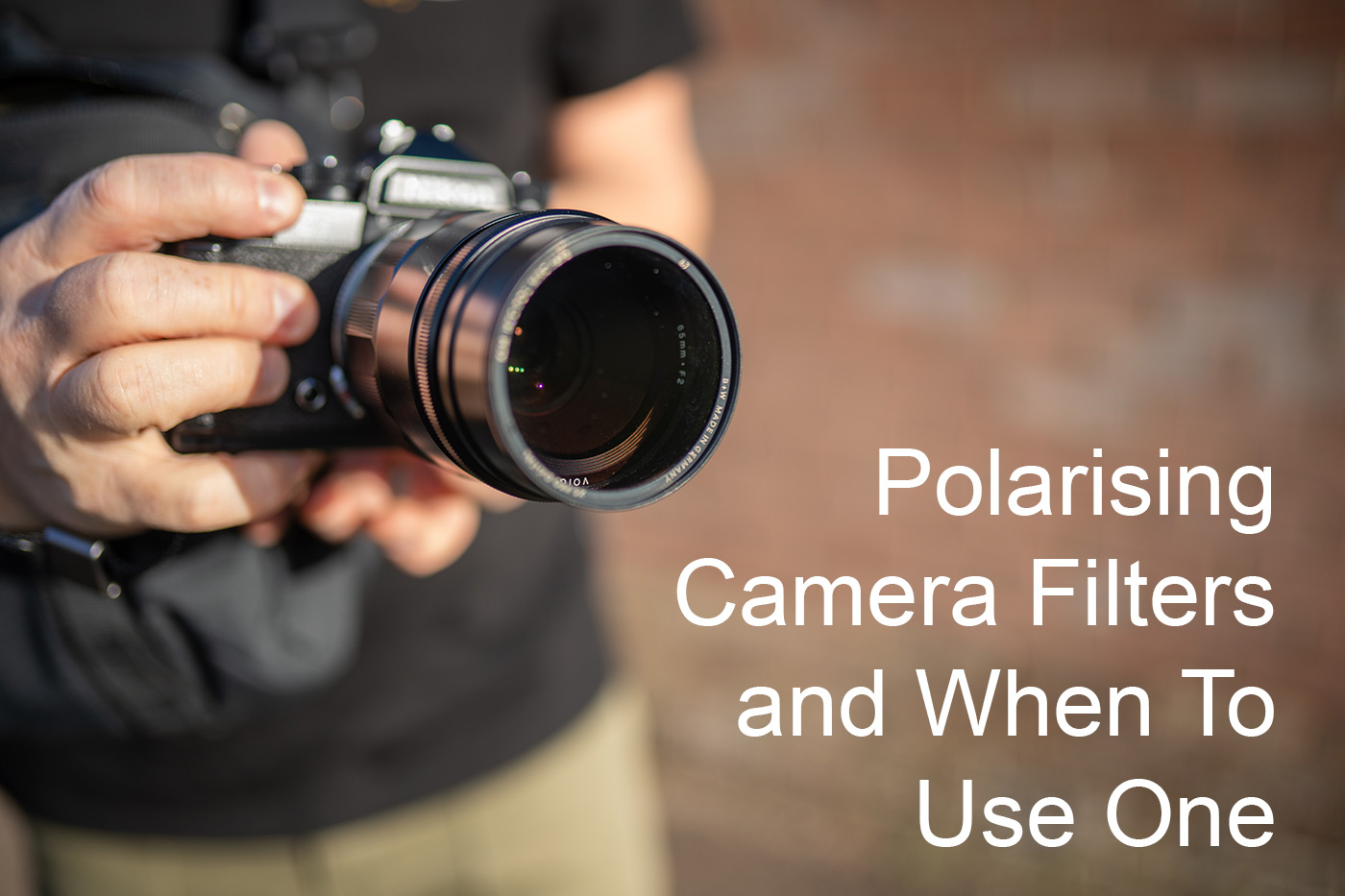
The primary aim of a polarising filter is to reduce reflections, enhance saturation and contrast, and help capture vibrant skies. If you do any sort of outdoor photography, a polariser is absolutely essential, although if you’re new to camera filters, the term ‘polarising’ might seem confusing at first.
This simple guide aims to demystify what a circular polariser is, when you need one, and when not to use one as well. We’ve also included some common questions about polarisation, along with a range of the best polarising camera filters you can buy, with options to suit every budget.
So, let’s get started.
What is a polarising filter?
If you’re wondering what does polarised mean, a polarising filter, sometimes called a polariser or CPL (Circular Polarising Lens), is a piece of optical glass that threads onto the front of a camera lens. It rotates to control the amount of polarised light entering the camera, which is great because you can decide how strong you want the effect to be.
There are two main types, with the less common linear and much more common circular polarisers. Most modern cameras use circular polarisers, as they don’t interfere with autofocus or metering.
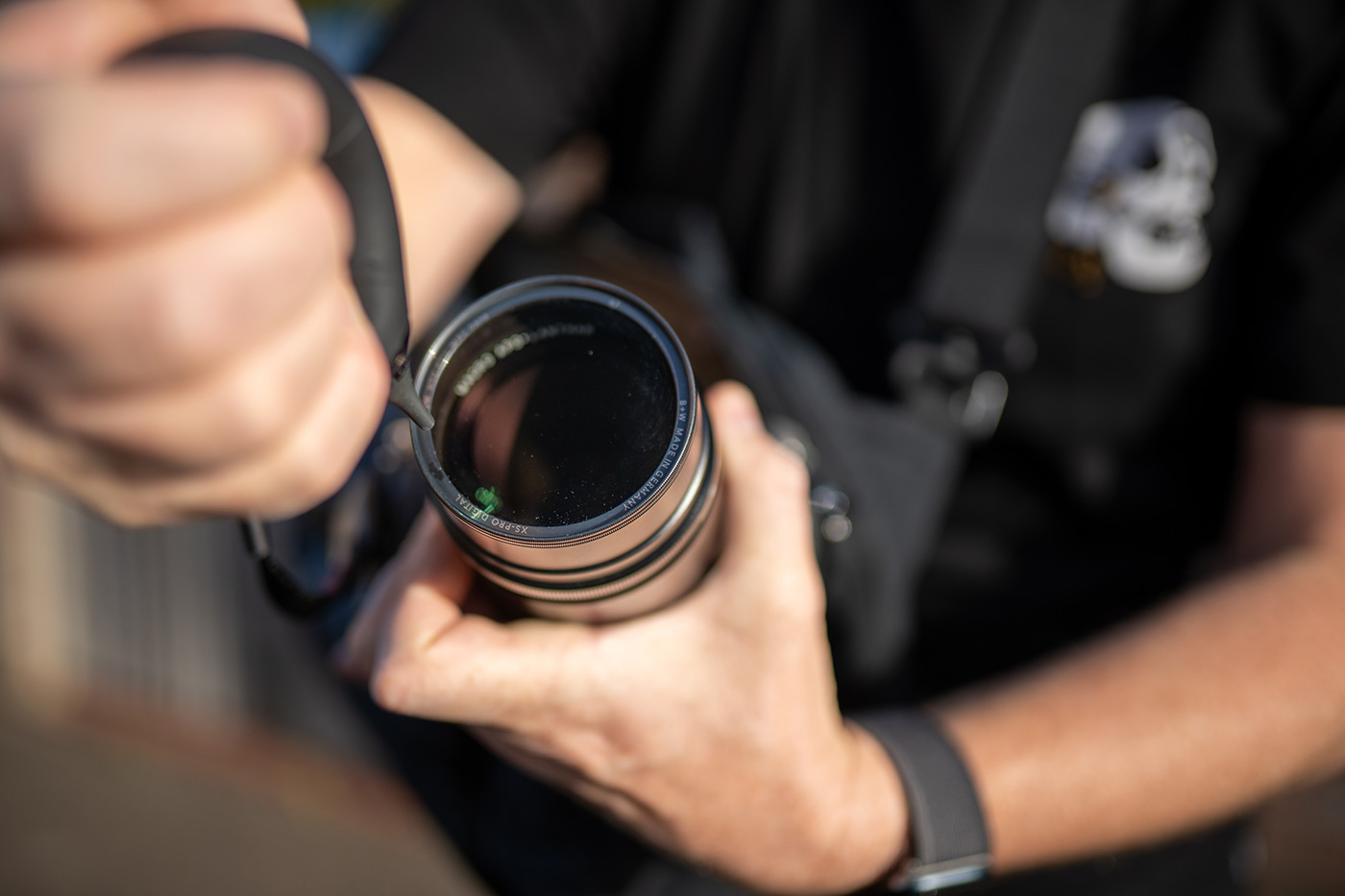
What does a polarising filter do for your camera?
Although they go by many names such as ‘polariser lens filter’, ‘polarising filter’ and so on, as mentioned in the intro a polariser performs a few simple but really useful functions. These include:
- Reducing reflections from wet surfaces
- Increasing contrast and colour saturation
- Enhancing blue skies
- Reducing haze when shooting distant subjects
- Minimising surface reflections, revealing details beneath the surface of water
These are all useful for landscape photography in particular, but also for virtually any outdoor subject where you might encounter foliage, water or wet surfaces like rocks and sand. Even if you’re capturing wedding photos or wildlife outdoors, you might want to enhance colours at the time with a CPL, as they are also known.
Filters can be really important for your images, but also for protection against knocks and scratches, and the same can be said for a polariser. Previously, we looked at the pros and cons of a UV Protection Lens Filter, but when I shoot outdoors, I will often leave the polariser on all day, simply twisting it when I don’t need the effect. Speaking of which, let’s find out the pros and cons.
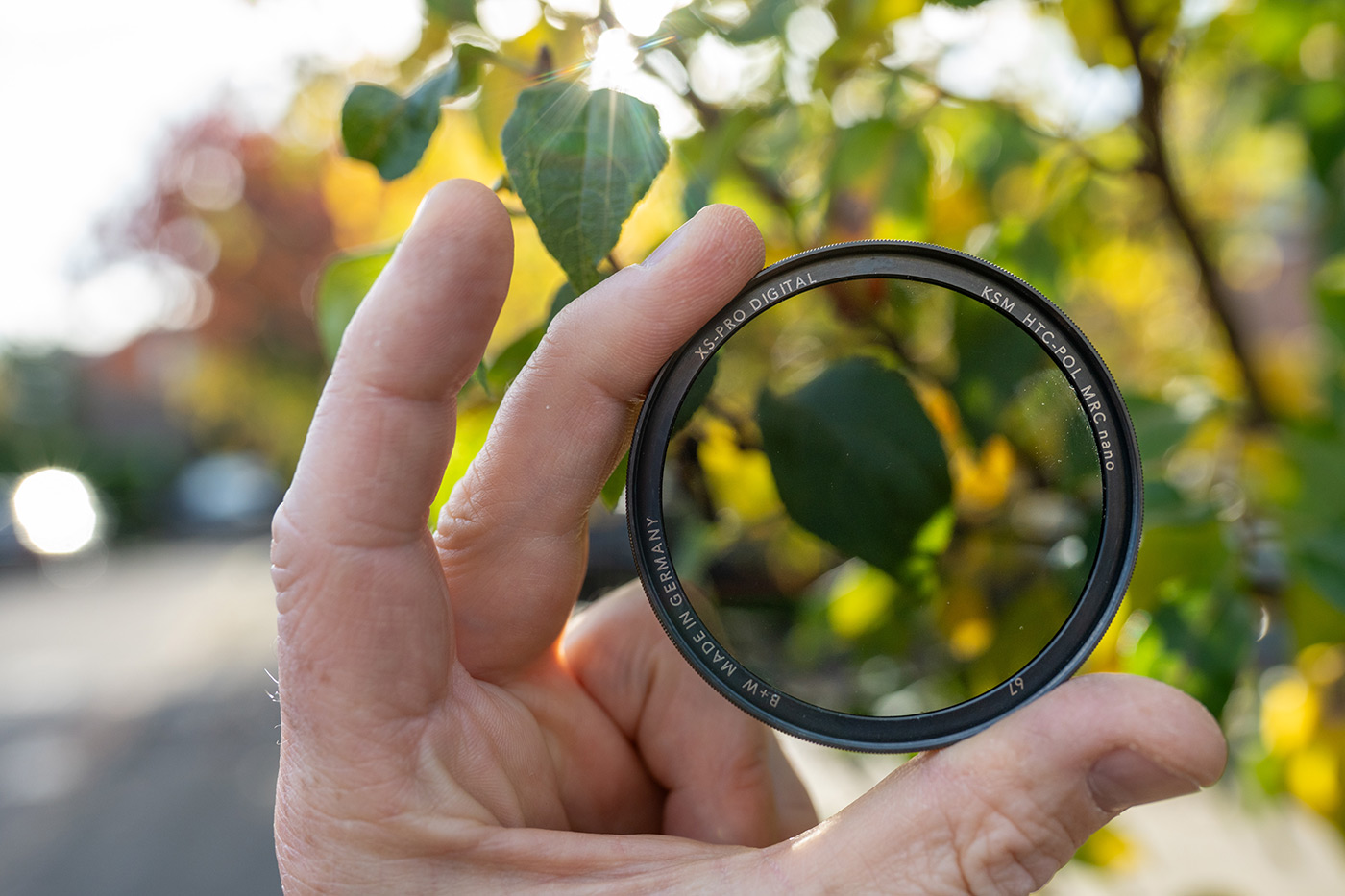
What does polarised mean in photography?
In photography, ‘polarised’ refers to the way light waves are filtered to reduce glare and unwanted reflections. Light can reflect off surfaces in unpredictable directions, which causes bright highlights, hazy skies and general reflections. A polarising filter helps control this by blocking certain light waves, although it does so at the cost of reducing the amount of light.
This brings us neatly on to when not to use one.
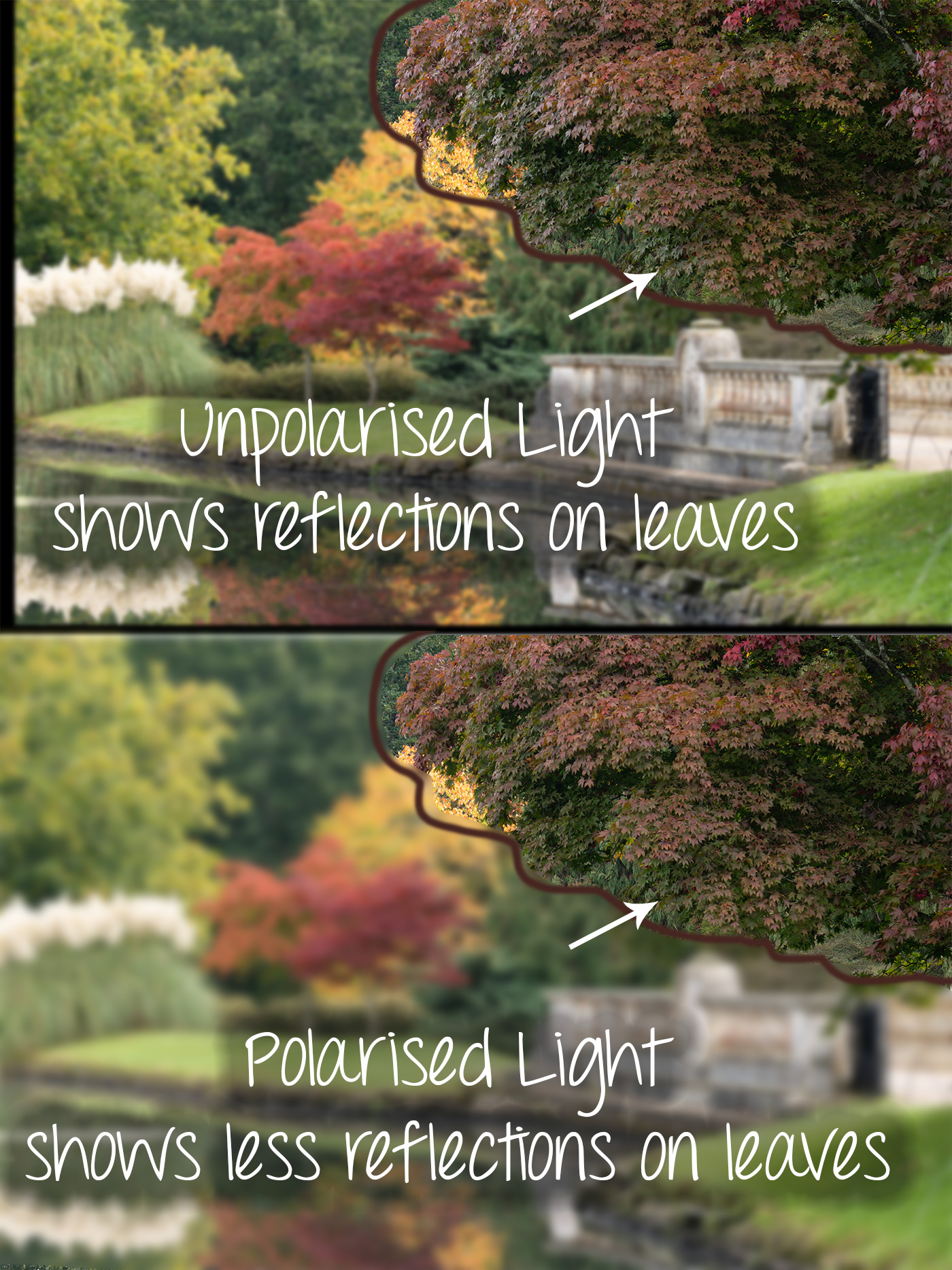
When should you not use a polarising filter?
There are definitely times when you might want to leave the polariser off. These include:
- In low light or indoors, as you lose between 1 and 3 stops of light. This means your shutter speed will be slower or your ISO higher, which can cause noise, blur and reduced image quality.
- When you want to keep reflections visible, such as when capturing creative shots with water where you want the reflection to show.
- With ultra-wide-angle lenses, where uneven skies and vignetting become really obvious (see examples below).
- In fast-paced situations where adjusting the filter can slow you down, such as during motorsports.
If you’re capturing landscapes, you can always take multiple images with and without the polariser to compare results later.
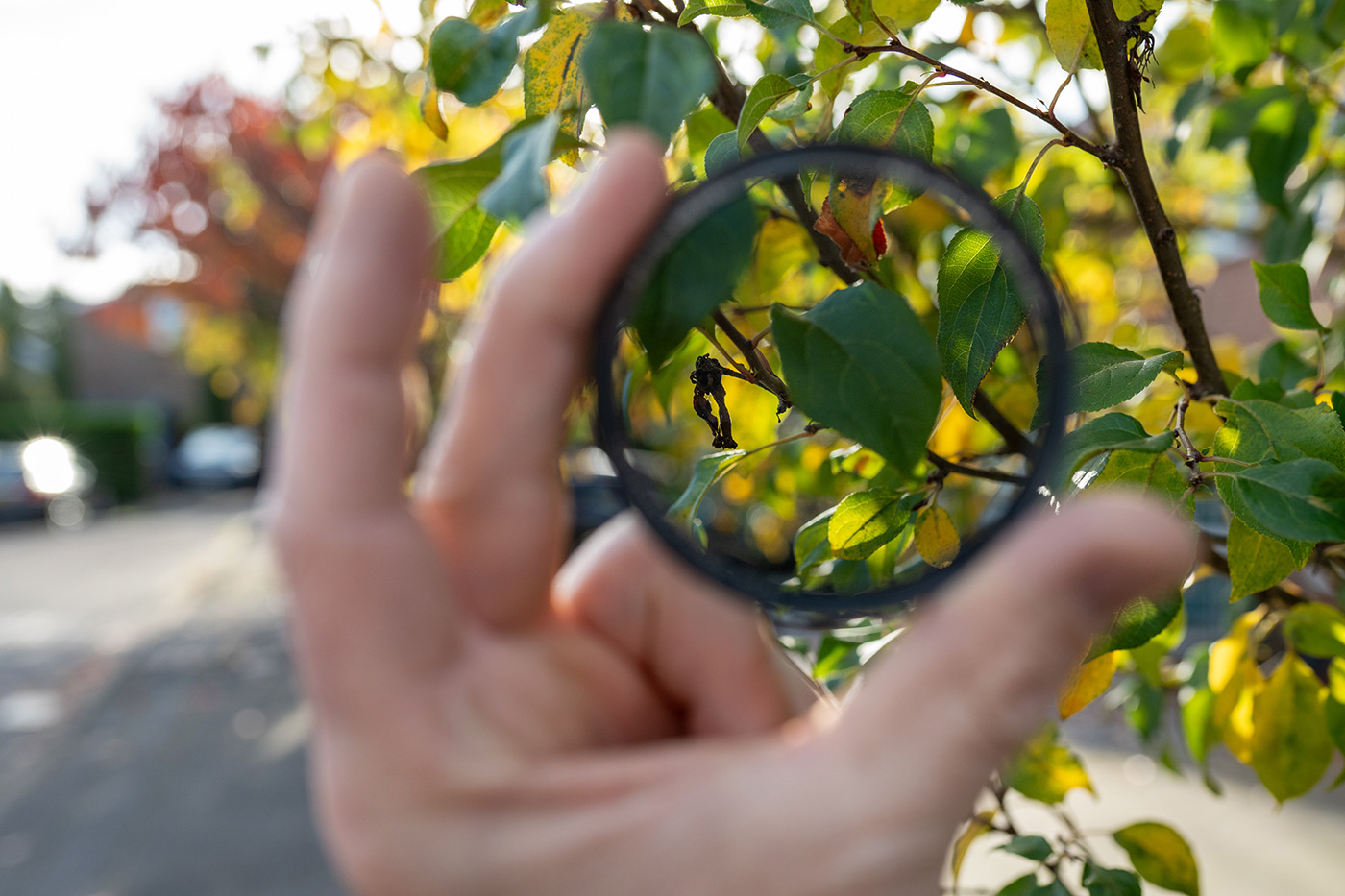
Are dual-effect CPL filters worth it?
Newer filters sometimes include both a polariser and an ND filter, Mist, or other effects. These are known as dual-effect CPL filters, and they’re designed to save space and money by combining two functions in one. In practice, they can be useful, but there are a few trade-offs to bear in mind.
The main advantage is convenience, as you can reduce reflections and cut light at the same time, which is especially handy for video or when using ND Filters for Long Exposure Photography as you want motion blur in clouds or water while still keeping glare under control. They also save time when setting up, as you don’t have to stack filters or think about cross-threading.
The downside is that combining two layers of glass can slightly reduce optical quality, particularly with cheaper options. Colour shifts or uneven exposure can sometimes appear and you also lose the flexibility of adjusting the ND and polarising strength independently with some.
If you shoot video or long exposures regularly, a good dual CPL-ND can be a real benefit, especially from brands like Hoya, Kase, or PolarPro. But for most photography I still prefer to use separate filters to retain control and the best possible optical performance.
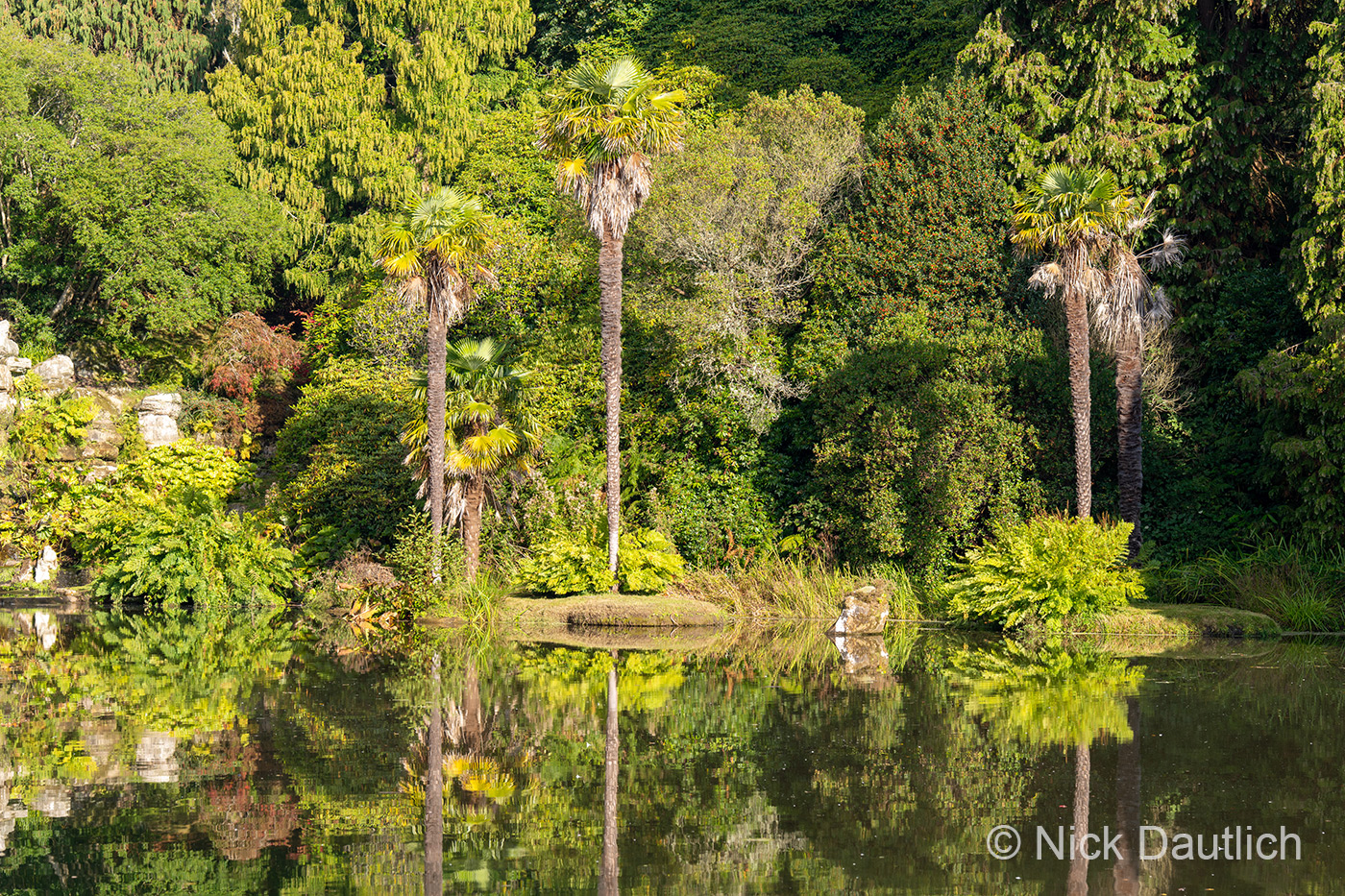
Which is better, a CPL or ND filter?
A circular polariser (CPL) and a neutral density (ND) filter serve different purposes, so it’s not really a question of which is better, but rather which you need for the situation. A CPL reduces reflections and glare from non-metallic surfaces while increasing contrast and colour saturation, which is why they’re such a staple for landscape and outdoor photographers.
An ND filter simply reduces the amount of light entering the lens. It shouldn’t affect colour, nor reflections, but allows you to use slower shutter speeds or wider apertures in bright conditions. This makes it ideal for long exposure shots where you want to blur water or clouds, or for keeping shallow depth of field in strong sunlight.
Many photographers carry both, or a dual filter as mentioned above, as they serve useful creative purposes.
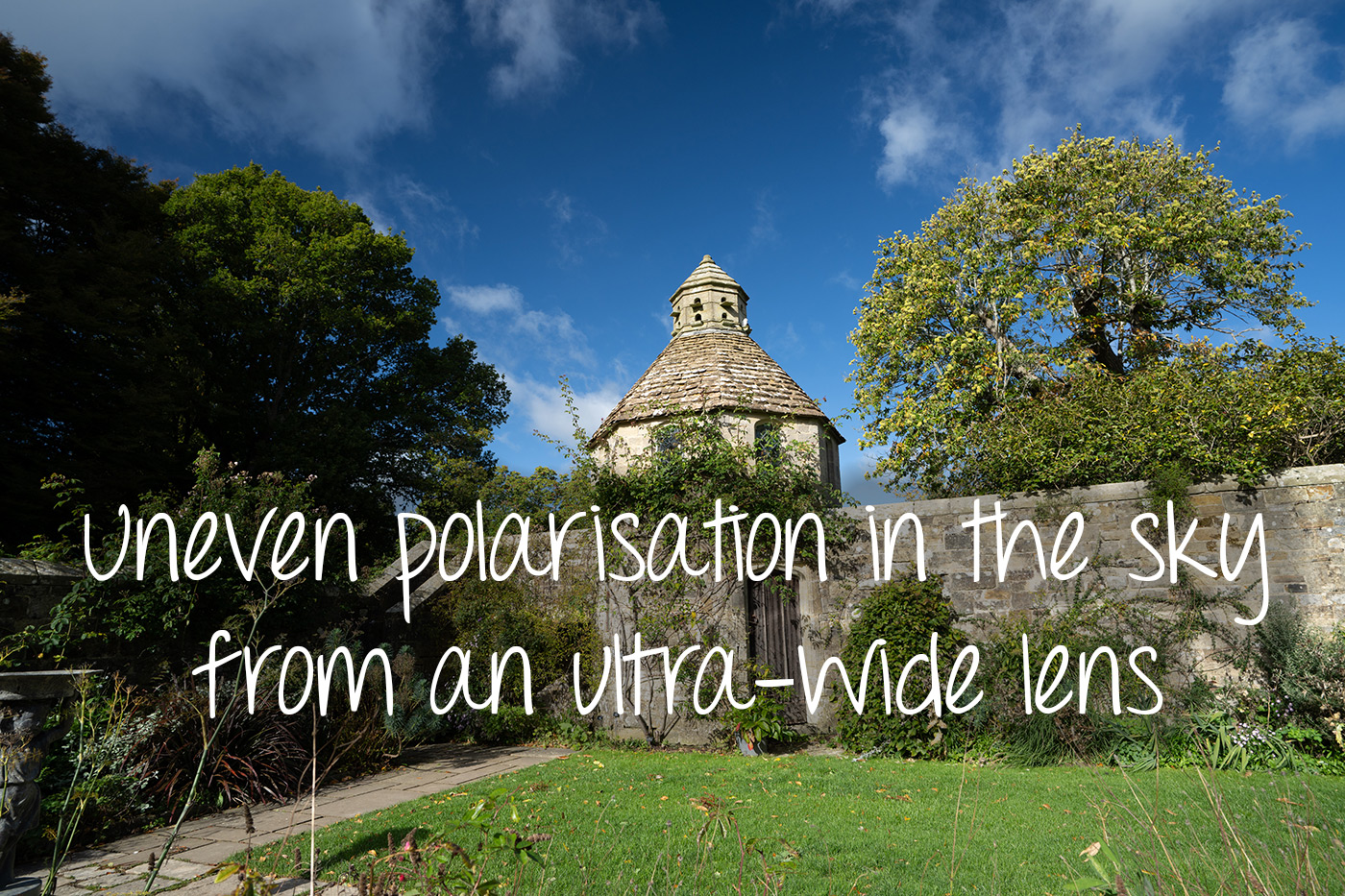
Patchy effect in the sky from an ultra wide lens
How many stops do you lose with a polarising filter?
Stops of light refers to the unit of measurement that indicates the amount of light entering the camera. Changing the exposure by 1-stop either doubles or halves the light, affecting the brightness of your image.
Most circular polarisers reduce light by around 1.5 to 2.5 stops, which means you will need to slow your shutter speed, open your aperture, or raise ISO to get the correct exposure with the CPL effect on. The amount of light loss depends on the filter's strength and how much it's rotated.
Which are the Best polarising filters to buy?
The best polarising filter doesn’t necessarily reduce less light, but maintains colour accuracy and contrast better than cheaper alternatives. Polarisers also come in specific sizes to match your lens, so it’s important to buy the correct one for each filter thread.
You can find the size printed on the front or side of the lens barrel, usually marked with the Ø symbol followed by a number (for example Ø67mm). If you use several lenses with different thread sizes, a step-up ring can save some hassle. Stepping rings let you fit one larger filter to multiple lenses, such as using an 82mm polariser on a 77mm thread. It’s a great solution if you tend to swap lenses often during a shoot and want fewer filters to deal with.
It’s also worth noting that the larger the filter, the more it tends to cost, so an 82mm version will usually be more expensive than a 67mm.
Park Cameras offers a wide range for every budget, including these top 5 picks:
- Hoya 67mm Fusion One Next PL-CIR, Great for everyday use with clear optics and a slim profile. RRP £90
- Hoya 77mm Fusion One Next PL-CIR, Ideal for larger lenses and professional setups. RRP £112.00
- Hoya UX II Series, Available in 37mm through to 82mm sizes, excellent value and consistent results, starting at just £18 although the popular Hoya 77mm UX II PL-CIR Circular Polariser Filter is £62.00
- Sony VF-DCPL1 Drop-In Circular Polariser, for the 400mm f/2.8 G Master which has a drop-in filter system. RRP £360.00
- PolarPro MistPL 49mm, This dual filter combines a mist effect with polarisation, which is popular for video as well as atmospheric stills. 49mm fits the popular Fujifilm X100 series lens, as well as other compact models. RRP £69.00
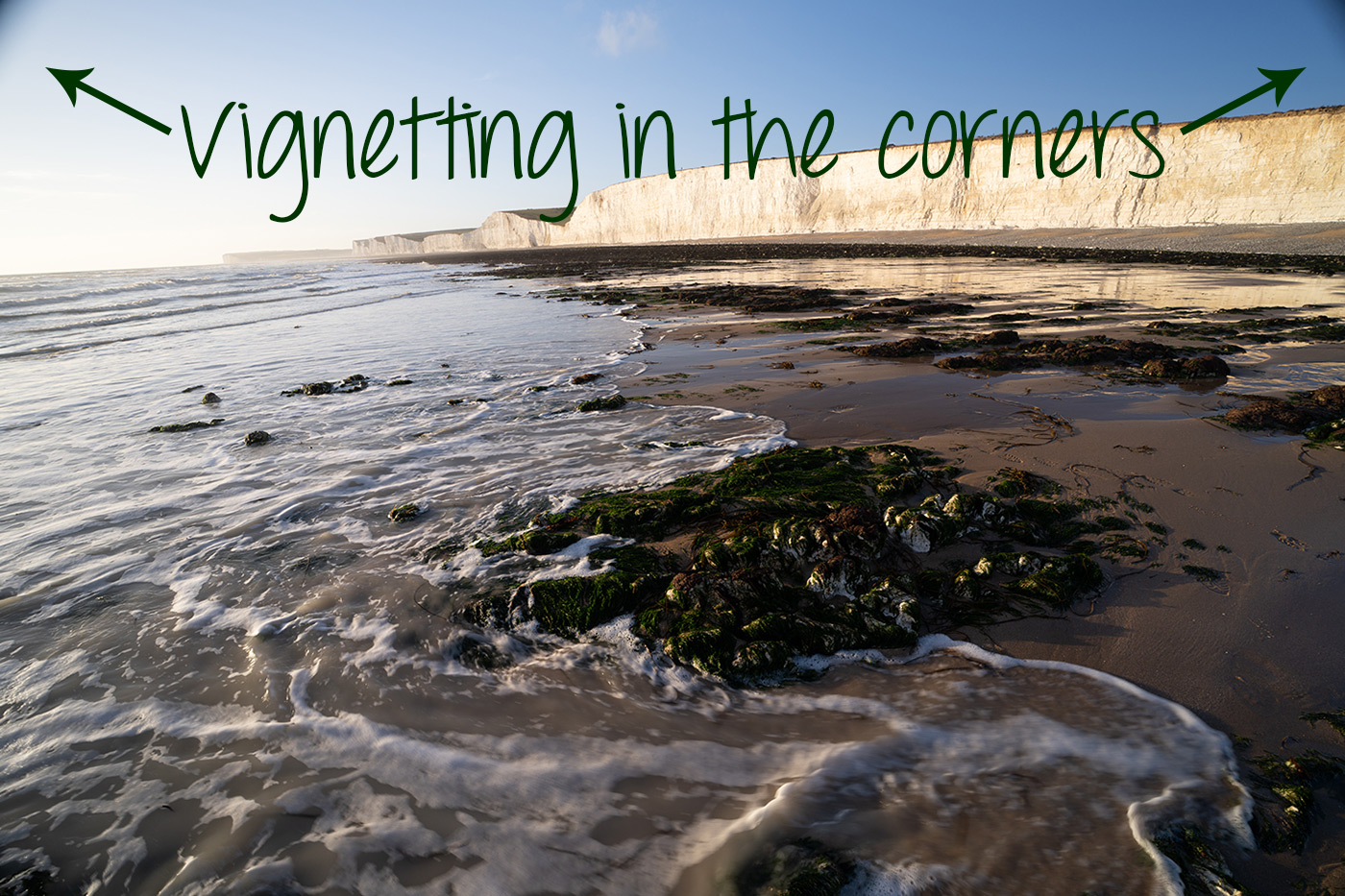
Is a polarising filter worth it?
If you shoot outdoors a polariser is one of the most useful filters you can own, and essential IMO. It can cut through reflections, deepen the blue in skies, and bring out richer colours, all without any post processing. I use one for much of my landscape and nature photography, just remember to keep an eye on your exposure settings if it gets too dark, and avoid ultra wide focal widths.
Explore our range of polarising filters today, and find the perfect one for your kit from the best brands like Hoya, Tiffen, LEE Filters and many more.
Share this post:
By Nick Dautlich on 29/10/2025
Nick Dautlich
Senior Content Writer and Product Reviewer
Nick Dautlich is the Senior Content Writer and Product Reviewer at Park Cameras, with over 15 years of photography experience. A Sony Imaging Professional and expert reviewer, Nick has worked with major brands such as Canon, Sony and Nikon. His work is also featured on Vanguard World UK’s website, Capture Landscapes, and Shutter Evolve. Nick’s photography includes National Trust projects and magazine covers and he is passionate about landscapes and storytelling. Nick also enjoys hiking and teaching his children about nature. Learn more on his profile page.
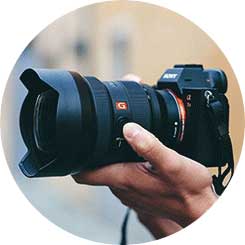
Trade in your old equipment
Fast and easy trade in service ensures your old gear is collected efficiently and you are paid quickly! It's very simple to trade in your unwanted photography gear. Just head over to our dedicated Sell or Part Exchange page, fill out the details, and we'll get back to you with an offer for your old gear. Take the cash, or put it towards the cost of your new gear. It's up to you! Find out more
sign up to the newsletter
Keep up to date on the latest photography news, events and offers. Sign up now